This article was written for, and originally published on the GuideStar Blog.
Here’s what I’ve learned after working with more than 100 boards:
Virtually every organization is frustrated with their board’s personal giving and involvement in fundraising, and everyone thinks their situation is unique. In fact, most small to mid-sized organizations (which is most organizations!) are more similar than not and the solution is generally the same.
The Current Situation
By the time an organization engages me, leadership and staff are banging their heads against the wall. The organization has grown over time and needs different help from its board. . . or a different board.
Sitting around the table are a lot of amazing people who’ve given blood, sweat, and tears to the organization. They founded it – or have been around long enough to feel that way. They’ve run the events. They’ve done the office work. They’ve hit up everyone they know for auction items.
And yet now that’s not “enough” or, more accurately, it’s not what makes the most sense strategically. Now there’s staff to do a lot of the day-to-day work. Now the budget is bigger and requires larger charitable gifts to thrive. The current board members either can’t help on that front or don’t want to. It’s not the job they committed to and it’s not the job they want to do. Learn more in the video below – No Minimum Gifts for Board Members.
Revolution or Evolution?
You know best practice means a “fundraising board” – a board that has a significant role in making lead gifts and helping to cultivate, and hopefully solicit, other individuals and institutions for large gifts. So you start out meeting with the chair or another board leader who gets it, and you make some attempts to talk about fundraising at meetings, provide materials, set some new guidelines. Yet you’re not getting anywhere.
What do you do? I see two courses of action: One is revolution. You toss in a grenade and see what happens. Often that’s a minimum give/get requirement at a level meant to scare off many of your board members. They feel dissed. Some dig in their heels, others try to turn the tide, and some just storm off feeling spurned. Not a good solution.
I much prefer evolution – taking the time to change the culture and makeup of the board until you have the board that serves your organization.
And though it might seem like a forever process, in fact, I think it takes three years. With the right efforts, here’s what will happen in three years:
- Some current board members will grow into their new role
- Some will realize it’s time to step down and will move into a new role or move on – hopefully gracefully!
- All the new recruits will join with a full understanding of their role
How to Evolve
First off, there are no short cuts. This isn’t about a couple of conversations, one board retreat, and a new board job description. This is about changing the culture, providing continuing education on board responsibilities, and creating a range of training and practice opportunities.
Most important is dispelling the current myth. When we start to talk about increased personal giving and involvement in fundraising, everyone assumes they’ll be asked to make a gift beyond their means and hit up everyone they know for money. That should not be true and organizations that send this message do so at their peril. This is not strategic and serves no long-term benefit.
Personal giving should always be to someone’s best ability. We’re talking “personally significant” giving – a gift that:
- takes thought and planning
- represents the board member’s deep commitment to the organization
- sets an example for others
- is among the largest gifts one makes anywhere
This all makes perfect sense, and presented and discussed in the right context, almost everyone will embrace this as reasonable. It’s the implementation that is key here.
If you’re asking every board member to make a personally significant gift, you must have that discussion individually, in person, as you would with any donor from whom you’re hoping for a personally significant gift. Some board leadership group –maybe an ad hoc group – needs to take the time each year to meet individually with board members to have these discussions, understand individual board members’ situations, and ask for specific gifts.
The myth about board involvement in fundraising is even more harmful. Asking board members to solicit everyone they know is an immediate conversation ender. Virtually none of your board members will ever, ever want to do this. And, if they feel obligated enough to do so, they’ll do so begrudgingly and with great anxiety.
I hope to never again hear of a board where people have to solicit “their list” for the annual fund or the next gala. All this means is your board members then have to make equal gifts to everyone else’s organizations. That’s not getting anyone anywhere.
Board members should be involved strategically. The goal is building relationships with new major gift prospects and deepening relationships with current significant donors. Those might be people they know, or they might be people the organization knows. Both are beneficial. Board members do not have to cultivate and solicit people they know in order to be incredibly helpful and effective.
All of this will happen over time with a well thought out plan, constant dialog, training, and practice. It happens when you build a culture of asking, and building a culture takes time and effort. There are no easy fixes, but your board will rise to the education if you create the right environment.





